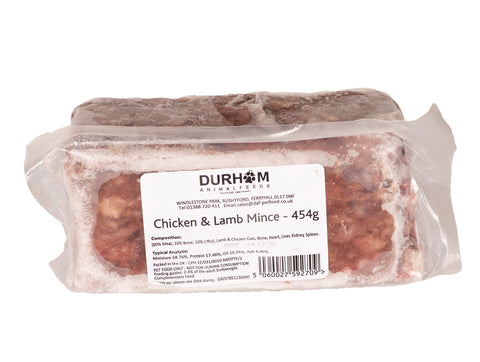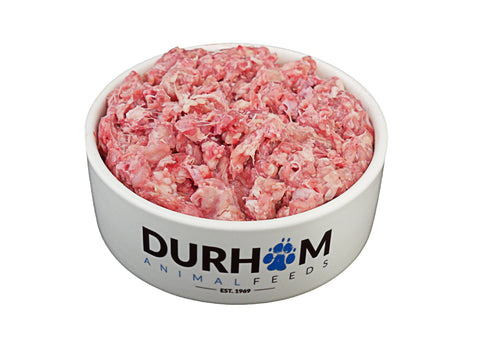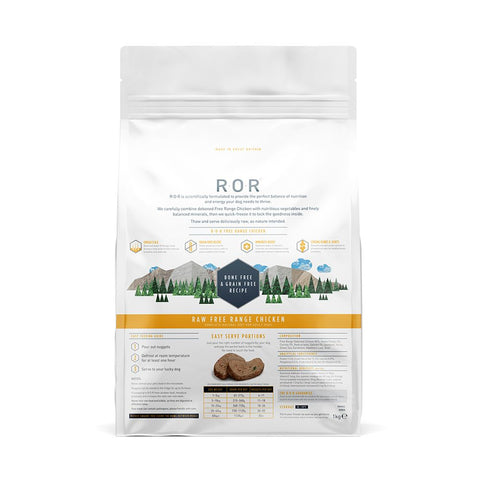Bettas, Gouramis & Paradise fish

Introduction
Anabantids are a diverse group of fish that have adapted to living in oxygen-poor waters. These adaptations include the ability to utilise atmospheric air as a source of oxygen and bubble nesting behaviour which ensures adequate oxygen levels for their developing young.
In the wild these species are found in Asia, ranging from India to Cambodia. There is one main species of Betta fish, several colour varieties of Paradise fish.
Water Requirements
This group of fish are generally viewed as being hardy, although there are exceptions. The water of the aquarium should match the following parameters, although the fish may acclimatise to different water over time:
Temperature: the majority tolerate a range of 22 to 28C, however, Paradise fish can tolerate a cooler 17C.
pH: 6.0 to 8.0
Ammonia: 0mg/l (0.02mg/l may be tolerated for short periods)
Nitrite: 0mg/l (0.2mg/l may be tolerated for short periods)
Hardness: Moderately soft to hard (5 to19dH)
Biology
This group of fish all belong to the family Osphronemidae and are characterised by their labyrinth organ which allows these species to survive in warm, low oxygen waters.
Male gouramis have a pointed dorsal fin and elongated anal fin rays. Males of this group are more colourful than females, this is often enhanced during breeding times.
The common aquarium fish can reach the following sizes: gouramis 7 to 15cm; Paradise Fish 6 to 10cm; Siamese fighter 6.5 to 7.5cm.
In good water quality and without ailments, these fish can thrive for many years in an aquarium. Many members of this family have a characteristically elongated ray on each pelvic fin.
These are similar to whiskers and are used to sense their surroundings. Male Betta fish are known for their extremely elongated fins and bright colouration.
Aquarium Requirements
The smaller species, such as the Dwarf and Honey gourami, and the Betta fish might be best provided with a minimum aquarium size of 45 litres. The larger species in this group, including the Paradise fish and the Trichogaster gouramis, might be best provided with a minimum aquarium of 90 litres. (There are exceptions such
as the Giant Gourami, although these are rare in home aquariums).
These fish may prefer soft to medium/hard water so check the parameters of your aquarium water, if you wish to change it do it slowly and ask your retailer for advice. These fish can adapt to differing water parameters. A heater is required and a planted tank with a gentle current is advisable. Lights will help to bring out natural colours of the fish, especially in the males, and aid plant growth.
If males and females are to be kept, the tank should be able to hold three adults. Male gouramis and Paradise fish have been known to pester females for mating a ratio of 2:1(females: males) is recommended. Male Bettas must be kept by themselves as they are very aggressive towards one another.
Maintenace
At least once every two weeks a partial water change of 25 to 30% is strongly recommended (a siphon device is useful to remove waste from the gravel). The water should be tested regularly to ensure pollutants such as ammonia and nitrites do not build up. Ensure you either allow the replacement water to stand or aerate it to
remove any chlorine present. Ideally, treat all replacement water with tap water conditioner before adding to the aquarium.
Filters should be checked for clogging and blockages. If the filter needs cleaning then do not run it under the tap, any chlorine present may kill the beneficial bacterial population that has established in the media. Instead it can be rinsed in the tank water which is removed during a partial water change, this reduces the amount of bacteria which are lost.
Good husbandry is essential as these fish can be stressed by even the smallest amounts of ammonia and nitrite. Test the water to monitor the ammonia, nitrite and nitrate levels every week, especially during initial set-up and after adding extra fish.
Feeding
This group of fish are omnivores. In the wild, they have a preference towards a meaty diet and are found feeding upon insect larvae, crustaceans, and zooplankton.
In the home aquarium, they should be provided with a good quality tropical flake or pellet and supplemented with frozen, freeze-dried and live foods.
These fish should be fed what they can eat within a few minutes 1 to 2 times a day. Remove any uneaten food to reduce waste build-up.
Potential Problems
These fish are generally thought of as non-aggressive and therefore can be a good addition to a non-aggressive
community tank. They add a welcome attraction to the surface of an aquarium as they gulp the air using the labyrinth organ.
Betta fish are not recommended for semi-aggressive or aggressive community tanks because, due to their long fins, they are often subjected to fin nipping which can lead to disease and death.
Breeding
The majority of Anabantids use bubble nests during breeding however, there are a few species which have different strategies.
A bubble nest is a delicate structure produced from the mouth of the female or male and sometimes contains plant debris to help hold it together. The eggs will be placed into this and, due to its delicate nature, water flow from filters should be reduced.
The male and female Anabantids will ëdanceí during courtship, once this has successfully occurred the eggs will be deposited into the nest. The male will fiercely defend this area from all other fish. The eggs will usually hatch within 1 day and within 2 to 3 days you may see the young swimming.
Checklist
Before purchase make sure that:
You have the appropriate equipment and position for the aquarium.
You have researched all the species you are interested in and your final choices are all compatible.
You are familiar with how to transport and release your fish.
You are aware of the daily, weekly and monthly maintenance your aquarium will require.
You are prepared to look after your fish properly for the duration of their life.
Equipment
Glass or plastic aquarium
Gravel cleaner
Water testing kit
Tap water conditioner
Gravel
Filter
Food
Heater & thermometer
Before purchase make sure:
The aquarium is of a suitable size
Water parameters are as advised.
If adding to an existing set-up ensure these fish are suitable before addition.
Important things to remember
Always buy…
test kits and regularly check the water for ammonia, nitrite, nitrate and pH. This will allow you to make sure the water in your aquarium is not causing welfare problems for your fish.
Establish a routine…
for testing the water in your aquarium. Record your results to enable you to highlight fluctuations quickly. Also check the temperature of the water.
Maintain…
The water in the aquarium within the accepted parameters highlighted in this leaflet. You may need to do regular water changes to achieve this.
Always wash your hands…
making sure to rinse off all soap residues, before putting them into your aquarium. Wash your hands again afterwards and certainly before eating, drinking or smoking.
Never siphon by mouth…
A fish tank can harbour bacteria which can be harmful if swallowed. Buy a specially designed aquarium gravel cleaner which can be started without the need to place the siphon in your mouth.
Credit to OATA











